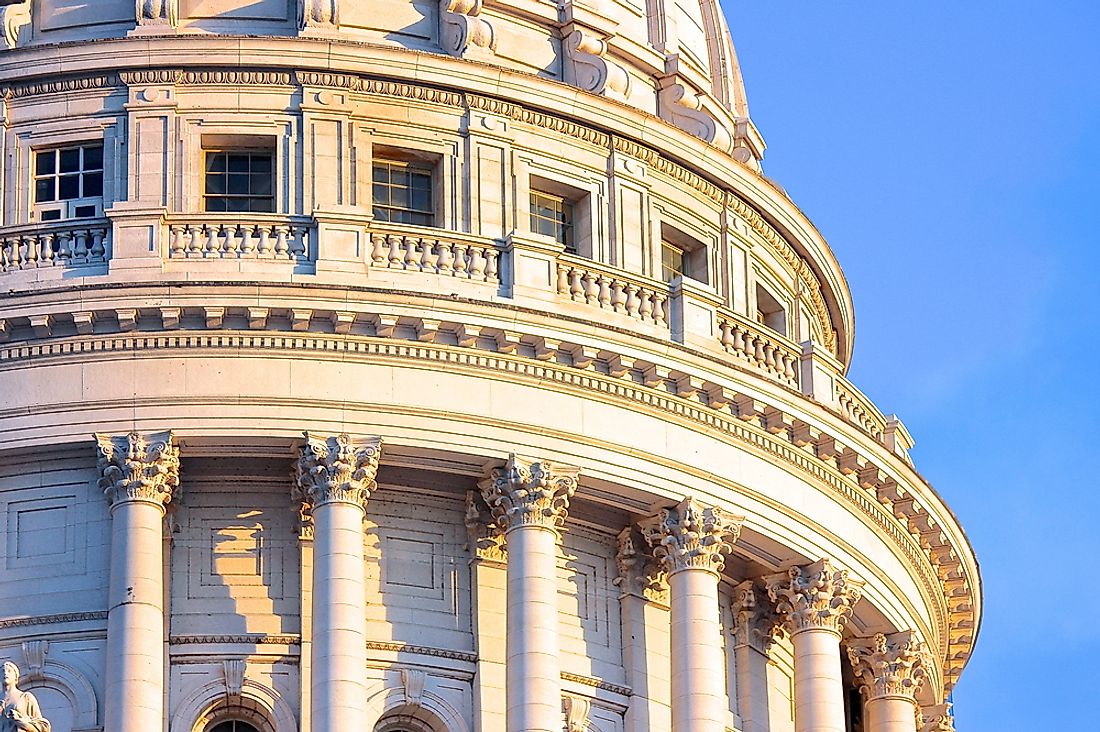What Was the Wisconsin Idea?

During the 20th century’s first quarter, leaders in Wisconsin started seeking new solutions to problems brought about by the increasingly technological and industrial society. For people mostly born and raised on farms, there was confusion and uncertainty caused by the explosive growth of cities, a labor force comprising of new immigrants and inflexible social stratification, rising importance of large-scale industry, and the overall speed of daily life. Therefore, the Wisconsin idea, which is a policy, developed in the US state of Wisconsin was born. The policy was responsible for fostering contributions and ideas from public universities to the state. The Wisconsin idea also fosters contributions to the government in the forms of providing information and technical skill, offering advice on public policy, and serving in office and also contributions to the citizens of the state in the form of conducting outreach activities and doing research with the aim of solving problems that are important to Wisconsin. A second approach to the philosophy was the effort to ensure that there was a well-established legislation that aims to prioritize the welfare of the greatest number of people if not all. Even though many other states had tried to do something similar with their movements, the Wisconsin Idea resulted into legislation that would later serve as a model for the federal government and other states.
Education
The University of Wisconsin System adopted the philosophy of Wisconsin Idea maintaining that research conducted by the university ought to be used to resolve issues and boost the quality of life, agriculture, health, and the environment for everyone living in the state. The policy utilized the expertise of the state’s university for social legislation that benefited all citizens of Wisconsin. The policy led to the adoption of classic programs such as tax reform, regulation of utilities, university extension benefits, and workers’ compensations. In 1904, Charles Van Hise, the President of the University of Wisconsin, introduced the Wisconsin Idea which was a tradition that guided the university's system. Van Hise made a declaration stating that he would never be content until all families within Wisconsin felt the beneficent influence of the university. At present, the system is still working and fosters close working relations with Wisconsin, the US, and the rest of the world. However, in 2015, Scott Walker the Governor of Wisconsin proposed a budget which included the elimination of the Wisconsin Idea. However, following a negative reception from the public and politicians, the Wisconsin Idea’s original budget proposal was restored.
Politics
The governor of Wisconsin, Robert M. LA Follette, Sr was one of the strongest advocates of the Wisconsin Idea which also referred to a sequence of political reforms established sometimes between the late 19th century and the early 20th century. The political reforms were established by the state’s progressives to eliminate trusts, the high cost of living, predatory wealth, and the monopolies. Such reforms, especially in labor, created the key details of the Wisconsin Idea. A good example is the Progressive Worker's Compensation which was a program that was first initiated by German immigrants in Wisconsin who accounted for a significant number of the population. The program was borrowed from Germany’s existing system founded on the concept that an employer was required to cater for his employees and continue paying them even as they aged. Most of these reforms were established as a result of customs and traditions brought by the German immigrants into Wisconsin.
Media
The Wisconsin Public Radio, which is a part of the University of Wisconsin – Extension was founded to convey the Wisconsin Idea to state citizens through the airwaves. Its main goal was to acquire, deliver, and produce high standard audio programming for the discussion of opinions and ideas by the public, including enlightened entertainment, intellectual stimulation, and cultural enrichment.











